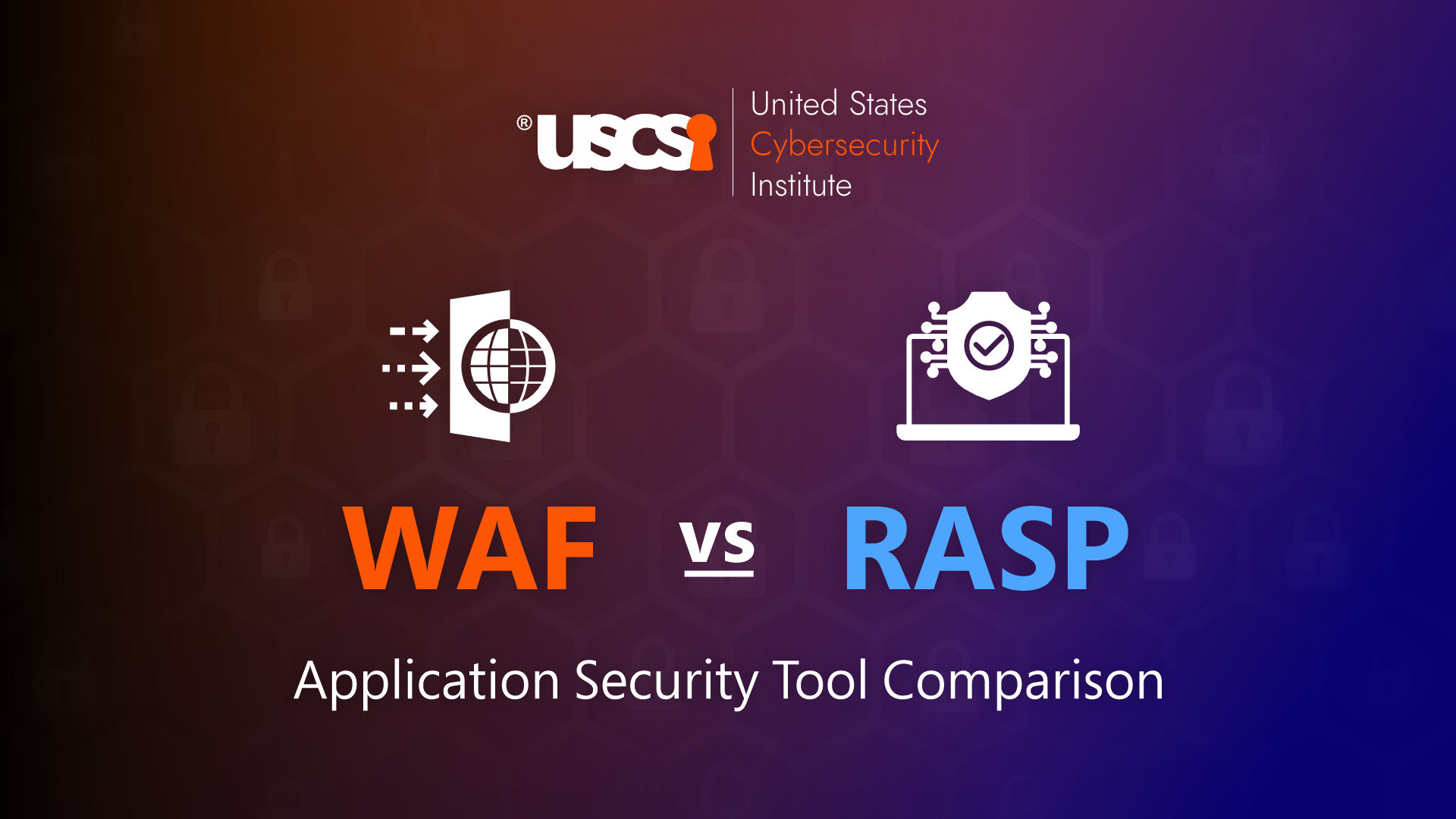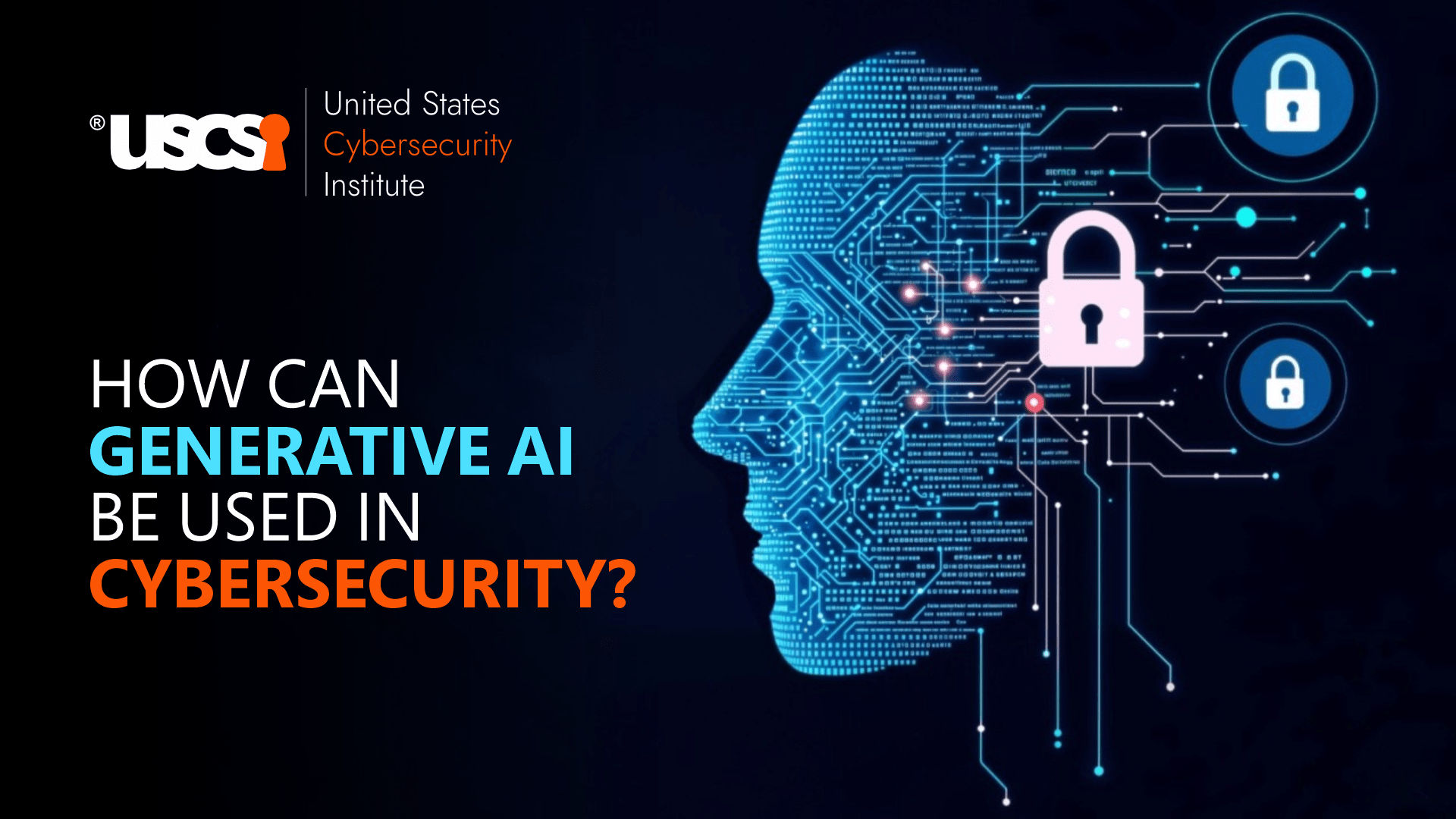

Explore IT Security and Best Practices to Strengthen It
Information Technology Security, or IT security, refers to the process of securing an organization’s digital infrastructure, including networks, systems, computers, and cloud resources, from various kinds of cyber threats such as data breaches, unauthorized access, malware, and others.
IT security is a huge domain. With the technological advancements and increasing sophistication of cybercrimes, the role of IT security is becoming increasingly important. Among the rising technologies, AI and machine learning are expected to affect cybersecurity the most, as responded by 66%, followed by the convergence of IT and OT security (13%) and adoption of cloud technologies (11%). [Source: WEF Global Cybersecurity Outlook 2025].
You may find it surprising that the number and cost of cybercrimes show no signs of slowing down. The recent Crowdstrike report highlighted that 2024 saw a 442% rise in vishing attacks in the second half, 79% of threat detections were malware-free, 40% represented insider threat operations, and more.
All these highlight how important IT security is in 2025 and in the future. So, let’s dive deeper and understand more about information technology security, its components, various risks, best practices, and more.
What is Information Technology Security?
IT security is a combination of various cybersecurity practices and technologies to protect computer systems, networks, applications, and data from unauthorized access, modification, and deletion.
It goes beyond just digital security (like endpoint security or cloud security), and also helps organizations protect their physical assets as well by protecting locks, ID cards, surveillance cameras, etc.
Though often referred to as cybersecurity, IT security and cybersecurity are quite different techniques.
Cybersecurity is a subset of IT security that looks after securing organizations against digital attacks like malware, phishing, ransomware, etc. Whereas IT security is focused on protecting the entire technical infrastructure of the organization, including hardware, endpoints, and applications.
Types of IT Security
IT Security encompasses various security measures to ensure an organization is fully protected against all kinds of cyber threats. Various types of IT security are:
-
Cloud Security
Cloud security refers to processes used to safeguard an organization’s cloud infrastructure, applications, and data against both internal and external cyber threats. Often, cloud security is operated under a shared responsibility model, i.e., both the Cloud Service Provider (CSP) and the customer do their job in protecting the system. CSP secures the underlying infrastructure, and customers have to secure what they deploy on it. It must be noted that these shared responsibilities vary based on cloud service type.
-
Endpoint Security
This component of IT security deals with protecting end-users and their devices, including desktops, laptops, mobile phones, servers, etc., from cyberattacks. It also defends networks by preventing attackers from using compromised devices as entry points to sensitive data or other assets.
-
Network Security
As the name suggests, the role of network security is to protect against network threats. It has three chief objectives: prevent unauthorized access to network resources, prevent attacks and security breaches by detecting and stopping them in real-time, and ensuring that network resources are available to authorized users whenever they need them.
-
Application Security
It involves essential measures and practices required to protect software applications from threats throughout their lifecycle. This includes securing code, eliminating vulnerabilities such as SQL injection and cross-site scripting, and ensuring data is protected at all stages with effective authentication, authorization, and encryption.
-
Internet Security
Internet security focuses on protecting users and their data during online activities. It covers protection against phishing attacks, malware, DoS attacks, etc., through advanced network security tools like firewalls, antivirus software, secure browsers, encrypted communications such as HTTPS, and others.
-
IoT and OT Security
Today, the world is full of IoT devices, which amount to billions of dollars. Therefore, IoT security has become equally important to protect the increasing attack surface from cyberthreats. Through IoT security, we can stop hackers from taking control of our devices, which they can use to infiltrate networks and breach security. Operational technology (OT) security involves securing connected devices that are used to monitor or control processes in the organization, such as sensors on automated assembly lines.
IT Security Risks
Now comes the important part – different types of cyberthreats for which organizations need IT security. Cybersecurity professionals need to effectively implement the IT security solutions to mitigate the following risks and threats:
- Malware
Malicious software, popularly known as malware, is a software application designed to make systems inoperable. They can destroy data, freeze computer systems, and steal information even without the user knowing about it.
There are various types of malware, such as:
- Viruses – attack files or programs and spread on their own when executed
- Worms – self-replicating and spreading applications without user awareness
- Trojans – come as genuine software and trick users into installing them
- Ransomware – encrypts users’ data or system and demands a ransom in return for decryption
- Spyware – monitors user activity and collects sensitive information secretly
- Adware- bombards users with unwanted ads and makes the browsing experience irritating
- Keyloggers – record keystrokes of users to steal passwords and personal data
They often come in a bundle with other software downloaded from untrusted sources or through phishing emails.
- Social Engineering Attacks
Social engineering or human hacking is a type of attack designed to manipulate victims to perform actions that can lead to the exposure of sensitive information, compromise security, or lead to financial losses.
The most common form of social engineering attack is phishing. In this, the attackers try to trick users into revealing sensitive information. It is usually done by posing as a trustworthy entity such as a bank, a reputable company, or a colleague, through emails, text messages, and even fake websites.
Some common phishing attacks include:
- Spear phishing
- Whale phishing
- Business email compromises (BEC)
- Denial of Service (DoS) Attacks
In this type of attack, the attackers overwhelm a system or network with excessive traffic/requests that make it slow down or ultimately crash. This particularly hampers access to legitimate users and thus disrupts business operations. This is done to halt a business and extort money for normal functioning.
- Zero-day Exploits
Zero-day exploits mostly target software vulnerabilities often unknown to vendors because there are no patches or fixes for those vulnerabilities. So, attackers can easily exploit those vulnerabilities before developers get a chance to respond. Zero-day exploits can be very dangerous and effective in breaching an organization's systems, even without getting detected.
- Insider Threats
This refers to individuals within the organization, including employers, contractors, or partners, who misuse their access to steal data, leak confidential information, or make the system inoperable. Though it can be caused by human error or can be intentional, it can be difficult to detect and prevent.
- Man-in-the-middle (MITM) attacks
MITM attack involves hackers secretly intercepting and altering communication between two points to steal data. Often, unsecured Wi-Fi networks and weak encryption are used for this attack.
Best IT Security Practices
Cybercrimes are increasing, and they will continue to do so. Even worse, these cyberattacks will continue to evolve and become more sophisticated to evade detection and prevention. So, organizations need to follow the best IT security practices to keep their systems, networks, applications, and data safe.
- Security Awareness Training
Organizations must educate employees to recognize different kinds of cyberthreats as discussed above and know how to keep themselves protected against such threats.
- Multi-factor Authentication (MFA)
Employing multifactor authentication or two-factor authentication can help add an extra layer of identity verification beyond passwords and help protect systems even if credentials are compromised.
- Incident Response
It involves implementing predefined processes and tools so that cybersecurity professionals can quickly detect and minimize the impact of attacks and recover from attacks rapidly.
- Security Software
It includes different anti-virus programs, anti-phishing tools, secure web gateways, patch management tools, etc., to detect and block threats
- Threat Detection and Response Tools
Several advanced cybersecurity tools use AI and analytics, such as SIEM, SOAR, EDR, XDR, etc., that can be used to monitor, analyze, and respond to various kinds of suspicious activity across an organization’s security systems.
- Offensive Security
This is a proactive approach that uses ethical hacking methods, like vulnerability scanning, penetration testing, and red teaming, to identify and fix vulnerabilities before attackers do.
IT security holds importance higher than ever!
With the sophistication and techniques used to carry out cyberattacks on a large scale, organizations cannot rely on traditional or outdated security practices. They must implement the latest and advanced cybersecurity tools and techniques and implement effective cybersecurity strategies to secure data, devices, networks, and applications.
There are many cybersecurity certifications providers worldwide that can assist in boosting your career. The United States Cybersecurity Institute (USCSI®) is one among the A-listers; that offers the best cybersecurity certification programs that empower cybersecurity professionals at all levels (beginner, intermediate, and expert) with the necessary cybersecurity skills and knowledge required to perform their tasks efficiently.
Be it planning IT security strategies, leading IT security projects, or implementing IT security operations, these top-ranking IT security certifications can lend an edge over your competition.




